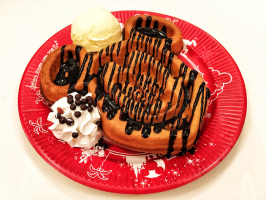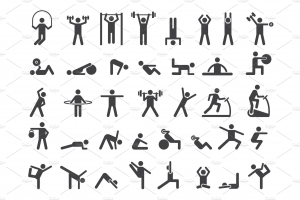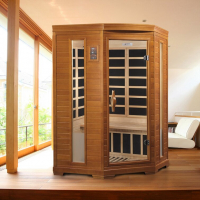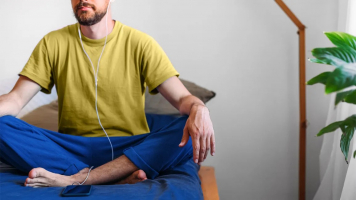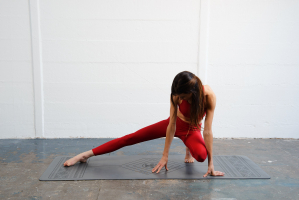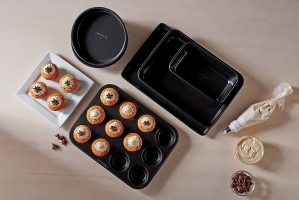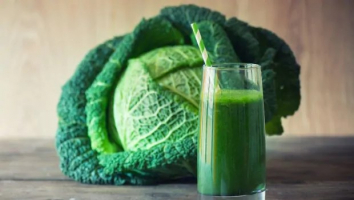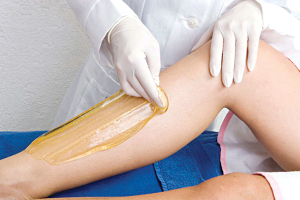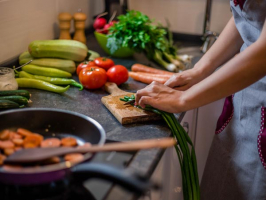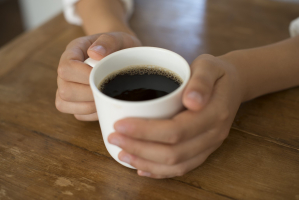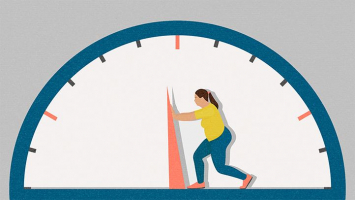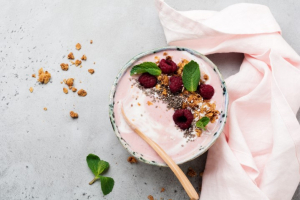Top 10 Best Leg Exercises at Home
Leg muscles are vital because they not only enable daily walking but also occupy a big amount of muscle in the body, which has a significant impact on ... read more...aesthetics. As a result, leg workouts are essential. However, not everyone has time to work out at the gym and they look for a more convenient solution. In this article, Toplist will introduce you to basic and easy home leg exercises. Just diligently and persistently practicing the leg exercises at home guided below, you will soon have strong calves along with strong leg muscles.
-
A good old squat is a go-to stretch for truly working those thighs and glutes. This bodyweight squat exercise is considered the most basic when training legs. With the squat without weights, you will train most of the front thigh muscles, part of the hamstrings, and the glutes to help create basic strength for the thighs in particular and the entire leg in general.
Squats might be challenging at first since you naturally want to bend your knees. It's like you're seated in a chair and then stand up straight with your feet shoulder-width apart, lowering your body from high to low so that your back remains straight, lean forward, gently pull yourself up, then remove the chair so your weight is on your heels. There you have your squat position! Stand up straight with your feet shoulder-width apart, lowering your body from high to low so that your back remains straight. After getting all the way down, push yourself back to the starting position.Quantity:
Set: 4-5 sets
Repetitions: 12–15 /set
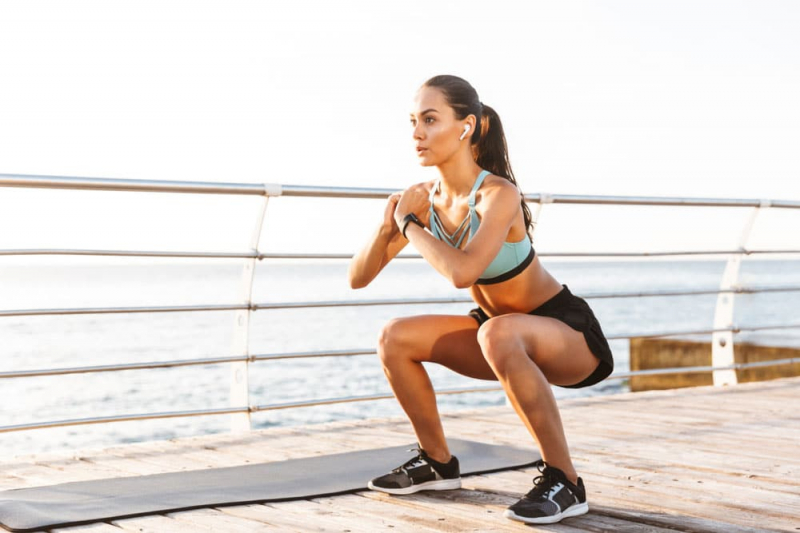
Bodyweight Squat Bodyweight Squat -
Have you ever knotted your shoelaces? You've been lunging all along, possibly without even realizing it! If you're going to work out at home, the Lunge is an excellent home leg workout. This Lunge exercise will help you do a lot of work on the back of the thigh muscle, also known as the hamstring. This muscle group is very important in creating the strength of the thigh muscles, especially when running. The movement of focusing on one leg in turn of the Lunge exercise will activate the muscles responsible for balance such as the calves and hamstrings. In addition, the movement of each leg will cause the spine and upper body to "work" harder to maintain balance. Besides, if one side of your body is less flexible or has weaker health, this can be the perfect form of exercise to rebalance the body, helping to get in shape.
You take a huge step forward with one leg (because most people move with their legs) and drop the other leg. Keep your front shin upright and your back foot extended out behind you. You have to ensure the knee is to a 90-degree angle so that your thigh is parallel to the floor and your elbow does not extend beyond your toes. And then lift the front leg and bring it back to the starting position. A good Lunge will engage your hips, hamstrings, quadriceps, and glutes.
Quantity:
Set: 4-5 sets
Repetitions: 12-16/set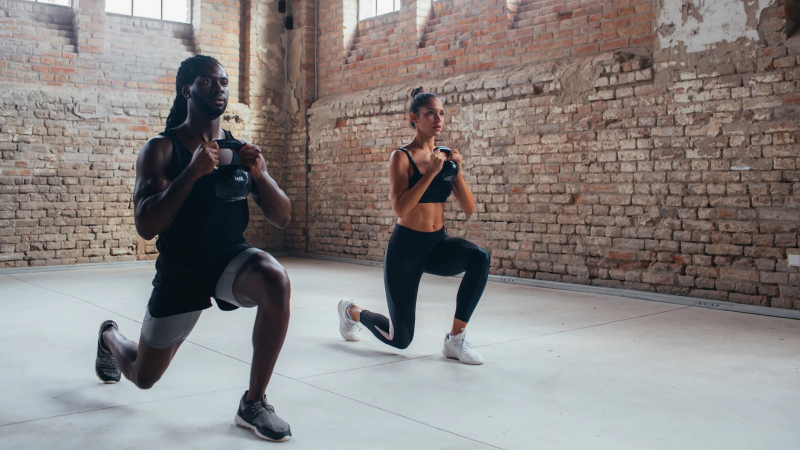
Lunges Lunges -
Mountain Climber simulates outdoor climbing and has the effect of helping to reduce thigh fat quickly. The movements when performing these Mountain Climber exercises work the entire body, especially the arms, shoulder muscles, front thighs, and core area. It sounds simple, but Mountain Climber is a full leg workout, especially when you do it fast enough that it's also a cardio workout. With this exercise, you do not need to use any equipment, so you can practice anywhere such as at home, at the gym, at work, and even while traveling.
This exercise to reduce thigh fat is like climbing a mountain, requiring a lot of strength from the legs as well as the hip area. First, put your hands on the floor to form a perpendicular to the floor, then straighten your legs, just wide enough, not over your hips. Then pull one knee up to the chest, not letting the foot cage touch the floor, it will be wrong. The other leg should not move, the hands should be kept and the abdomen must be compressed with a tight force. Then do the same with the opposite side, repeat this movement for 30 seconds continuously and rest for 15 seconds.
Quantity:
Set: 2–3 sets
Repetitions: 15–20/set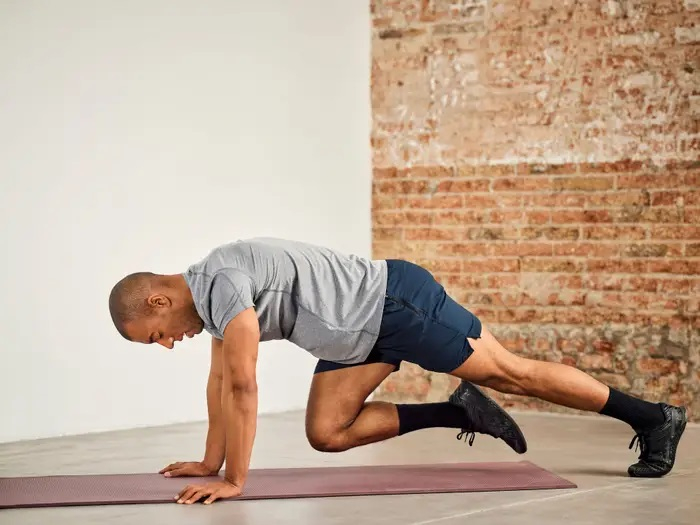
Mountain Climber Mountain Climber -
Side Leg Raises are one of the finest bodyweight exercises to incorporate into your training program if you want to target your leg muscles. Side Leg Raises, also known as side leg lifts and side-lying leg lifts, are a sort of bodyweight exercise that works the leg muscles, core, hip flexors, hamstrings, and lower back muscles. You can apply Side Leg Raises to warm up before training. This exercise is not only good for the legs but also helps you to have a slimmer waist.
To perform this exercise, you lie on your side, with your legs extended and stacked, resting your forearms on the ground and lifting people up. You can lie on a mat to relieve hand pain. Then raise the upper leg toward the ceiling slowly and with control. Be sure to lift only from the hips and buttocks, not the lower back. Continue to return to the starting position and switch sides. Side Leg Raises are a versatile exercise. After you've mastered the regular side leg raise, attempt a more difficult variant with ankle weights or a resistance band wrapped over your legs. Try the standing side leg lift variant if you want to use your stabilizer muscles more.
Quantity:
Set: 2–3 sets
Repetitions: 10–15/set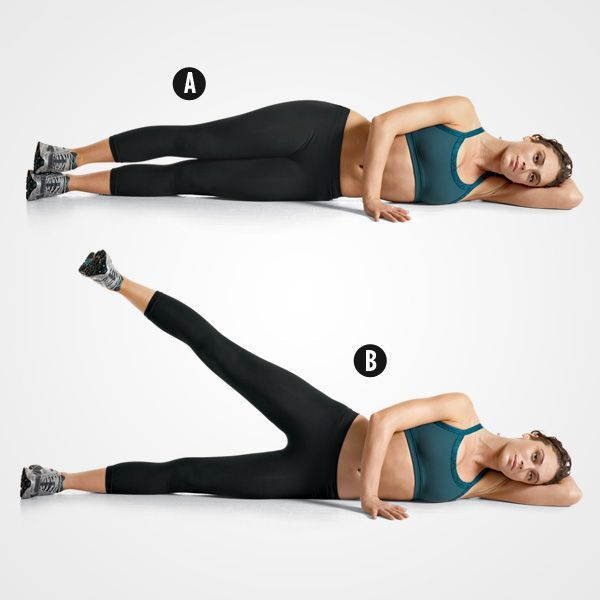
Side Leg Raises Side Leg Raises -
Standing Calf Raises activate the two muscles that run down the back of the lower leg: the gastrocnemius and soleus. These muscles are integral in ankle flexion and extension, propelling running and jumping. Calf raises are an easy, low-impact method for strengthening the gastrocnemius and soleus. Strong, flexible calf muscles result in better stability and balance, decreased risk of foot and ankle injuries, and better agility when running and jumping.
Stand with your toes on a high step, standing straight, without bending your knees or hips. Toes extend straight forward (works for the entire calf muscle group). Next, use your calf of the leg muscles to push your body up. Lift your heels off the floor on an exhale and on an inhale, slowly lower your feet back down to the starting position. Hold the top stretch for a few seconds. If it feels too light, work with only one leg.
Quantity:
Set: 3 sets
Repetitions: 15-20/set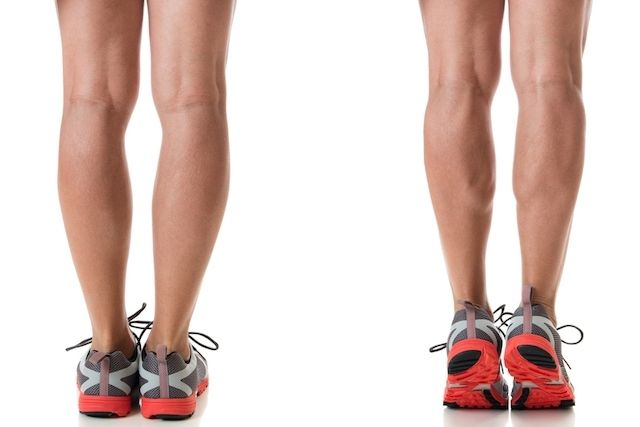
Standing Calf Raises Standing Calf Raises -
Leg strength is essential for core, pelvic, and lower body stability. Without it, you are more likely to suffer from knee discomfort, low back pain, and other forms of ailments. The Hip Thrust should be part of your training program if you want to gain size and strength. Athletic abilities such as jumping, running, and changing directions are also enhanced by strong leg muscles. In general, powerful legs are essential for mobility. Hip Thrust increases leg strength and growth in a manner that few other exercises do, and experts believe that they help a wide range of people, from athletes to seniors over the age of 65. You position yourself with your back against a raised surface (such as a bench or a box), knees bent, and feet flat on the ground.
The bench should be slightly below your shoulder blades, with your feet shoulder-width apart. Keeping your chin tucked, push through your heels until your thighs are parallel to the floor — your legs should make a 90-degree angle as you breathe in through your nose and out through your mouth. After that, try a single-leg version or safely add weight to the exercise with a barbell, plate, or dumbbell – more on that below.
Quantity:
Set: 3 sets
Repetitions: 15–20/set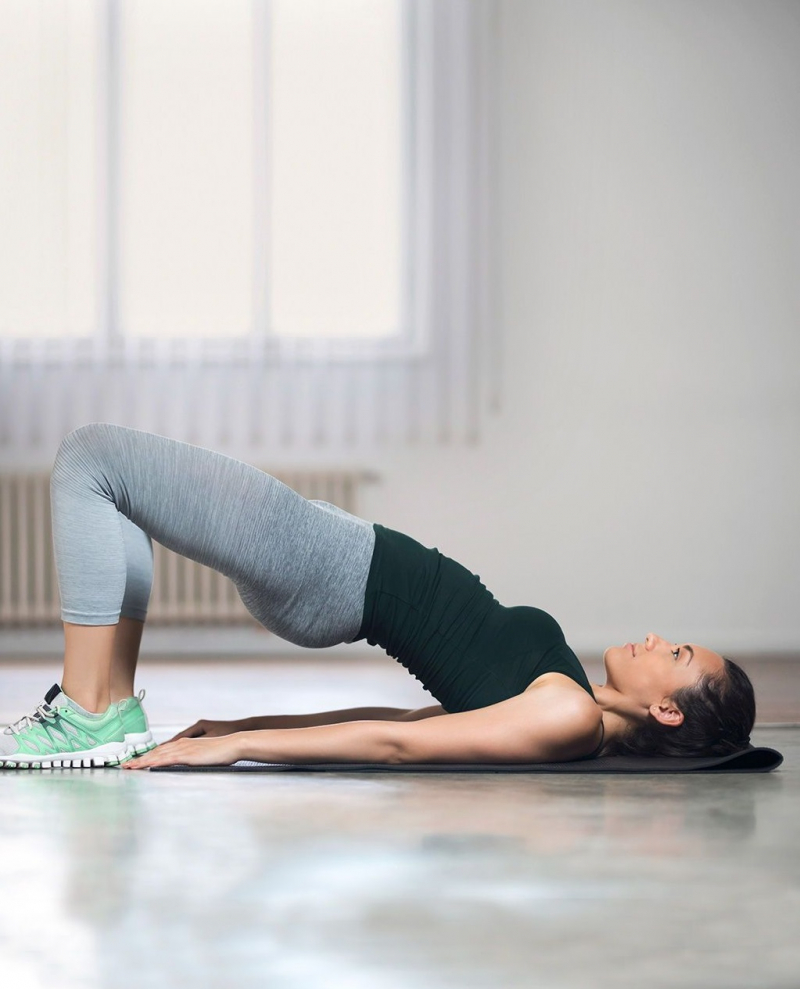
Hip Thrust Hip Thrust -
Jumping Jack may be considered a warm-up exercise since it warms up the body and prepares it to readily adjust to the following exercises. The Jumping Jack exercise, in particular, has the effect of burning extra body fat, particularly thigh fat, as well as boosting leg muscles and inner thigh muscles, making it an excellent exercise for slimming thighs. Gym trainers, Jumping Jack may also be included in the category of Cardio workouts; the movements are simple, but the result is powerful. With this exercise, the body will increase the heart rate, the blood in the body will also circulate to the muscle groups better and limit muscle tearing or muscle contraction when doing high-intensity exercises.
You are standing on the floor, feet hip-width apart, arms extended along your body, and tummy slightly pushed in. Then you hop your feet to the sides, raise your arms above your head, and jump back to the beginning position. You continue to practice in this manner to warm up your body or to attain a sufficient time. Every day, for 15 minutes, execute the aforementioned exercise to help burn extra fat and affect the gluteal muscles, calf muscles, and heels. To increase exercise quality and help weight reduction, you can mix this activity with a variety of modifications.
Quantity:
Set: 3 setsRepetitions: 25-30/set
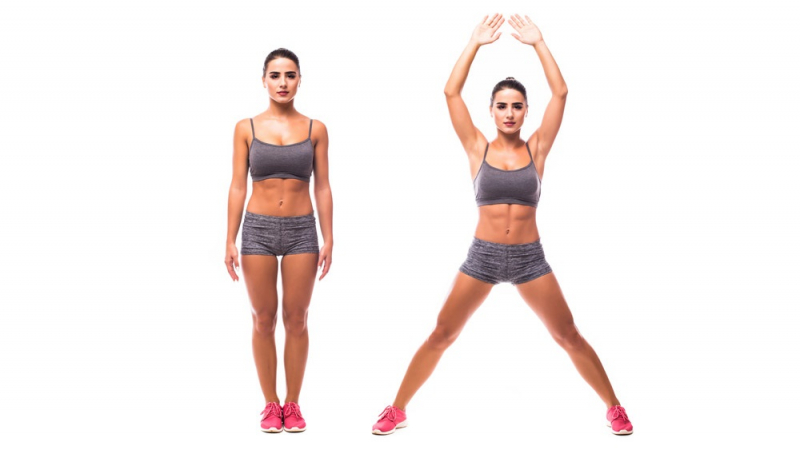
Jumping Jack Jumping Jack -
High Knees may appear to be a simple exercise, but performing a few sets of this high-energy motion gets your heart rate up, engages your lower body and core leg muscles, and causes rapid sweat. High knees can also be used as a warmup, a cardio burst between weight training exercises, or as part of a high-intensity interval training routine. High Knees engage your quadriceps, hamstrings, calves, glutes, and hip flexors, improving muscular endurance, balance, and coordination. They can also enhance lower body power when done at a high intensity and with bounding or forceful knee drives.
Before you begin, make sure you're wearing a pair of shoes that are both comfortable and supportive. If you have knee or ankle problems, attempt to execute this exercise on a supported gym floor or grassy area. You must stand tall, your feet hip-to-shoulder width apart, and your arms at your sides. Begin by pulling your right knee up to your chest, just above your waist. Then, lift your left hand up in a pumping motion while simultaneously lowering your right leg and left hand. You do the same thing with your left leg and right hand. Alternate between your right and left leg for the specified amount of time.
Quantity:
Set: 2-3 sets
Repetitions: 50/set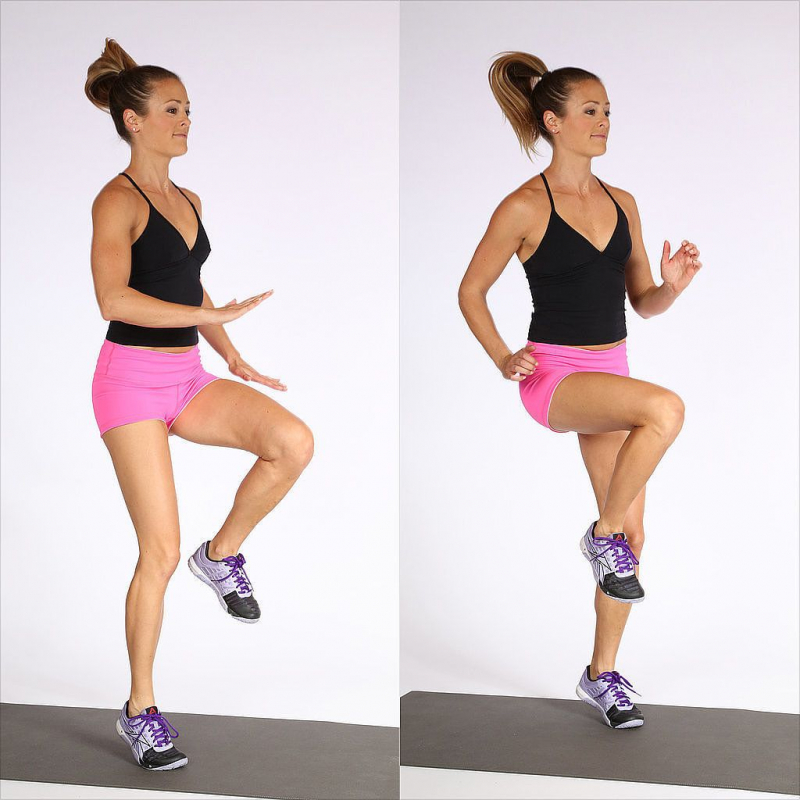
High Knees High Knees -
What is a Jump Squat? This is a question that many young people ask when they want to learn a simple but highly effective gym workout. Jump Squat is another variation of Squat exercise, but is a complex exercise and works to help thigh muscles and auxiliary muscle groups are hamstrings, calves, and glutes to develop and tone naturally course. Besides, with this Jump Squat exercise, you don't need to use any bodybuilding equipment. Instead, you can absolutely practice anywhere you want, very suitable for the space at home.
Once you understand what a Jump Squat is, then perform the Jump Squat exercise correctly to achieve the best results. Your posture should be a standing position on the floor, your feet should be shoulder-width apart, your eyes looking straight, and your hands clasped together in front of your chest or maybe crossed in front of your chest. Next, inhale and perform a squat down until your thighs are parallel to the floor. Step on the floor with your heels, stretch your thighs and jump up so that your body bounces up as high as possible. When the toes return to the ground, immediately bring the body back to the squat position, hands also return to the original position, repeat the entire movement until the end of the exercise.
Quantity:
Set: 4-5 sets
Repetitions: 10-15/set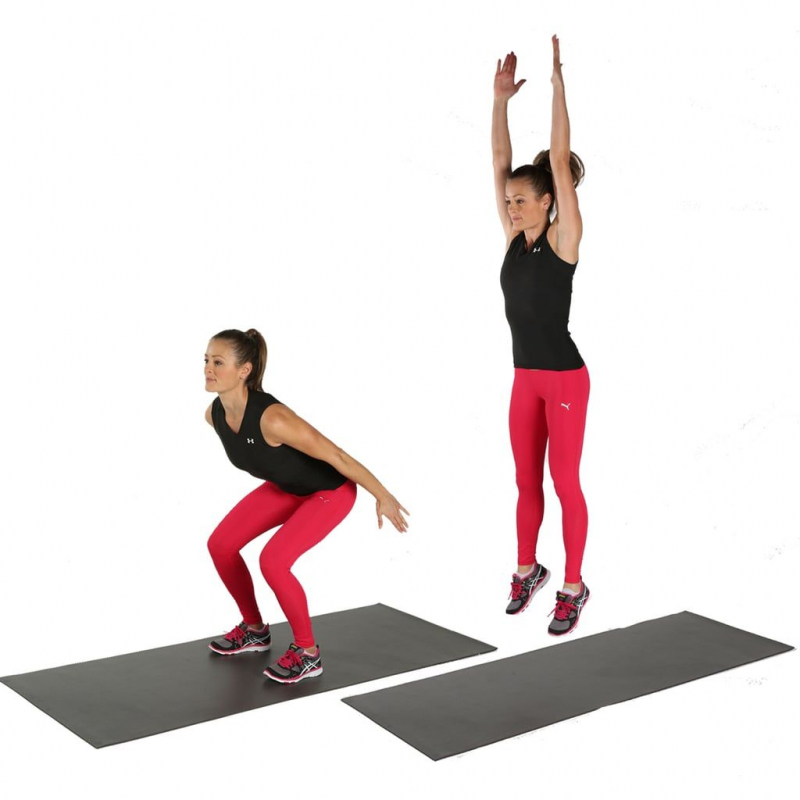
Jump Squat Jump Squat -
For gym generation – fitness addicts to stay in shape, plank, and squat are two very familiar basic exercises because these are two highly effective movements with relatively short training time and are quite easy to perform. However, have you ever thought of a move that combines the advantages of both plank and squat? That's the Wall Sit - the favorite movement of people with coarse, big calves and fat legs. Wall Sit affects many areas of the body such as the lower abdomen, hips, thighs, and legs. This movement helps to increase the firmness of the legs, making the legs slim and the whole body more supple.
Like the plank, the Wall Sit doesn't require much movement, all you need to do is sit with your back against the wall and hold the correct posture for as long as possible. You stand with your back against the wall, your feet shoulder-width apart and about 60cm away from the wall. Start sliding down until your thighs are parallel to the floor and your knees are in line with your ankles. When resting, get up slowly, with your back still against the wall, then separate. Or to increase the difficulty and efficiency of the exercise, put one foot on the other.
Quantity:
Set: 2-3 sets
Repetitions: 20-30s/set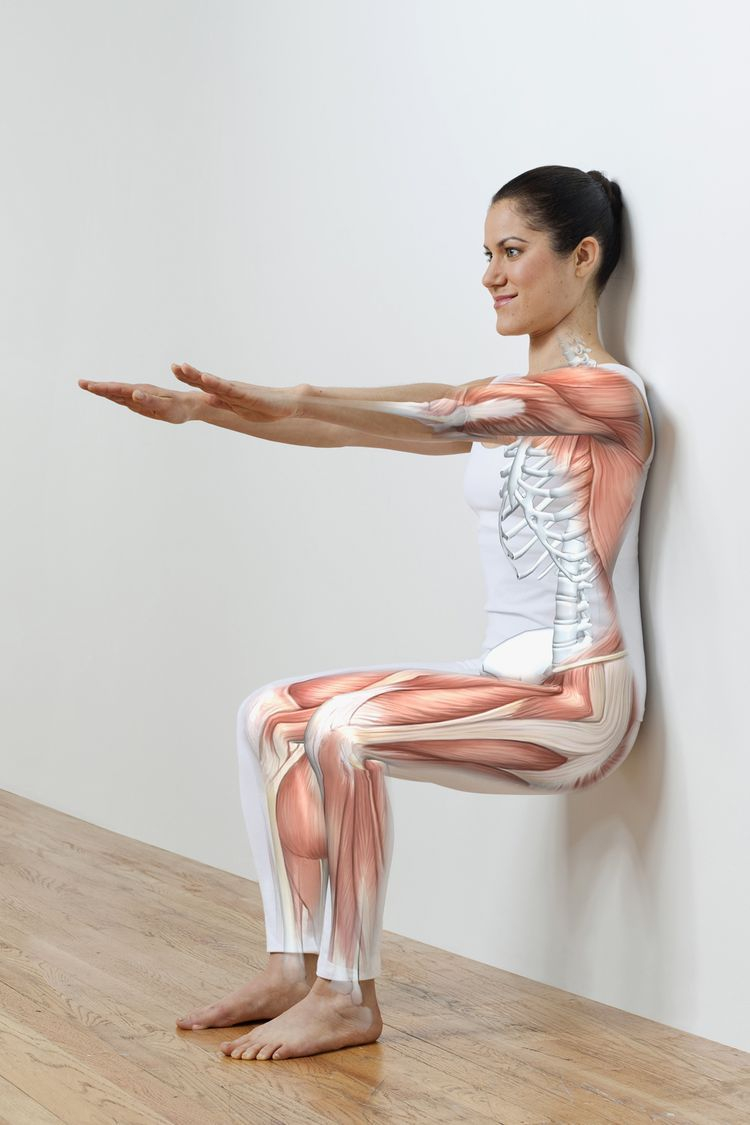
Wall Sit Wall Sit












